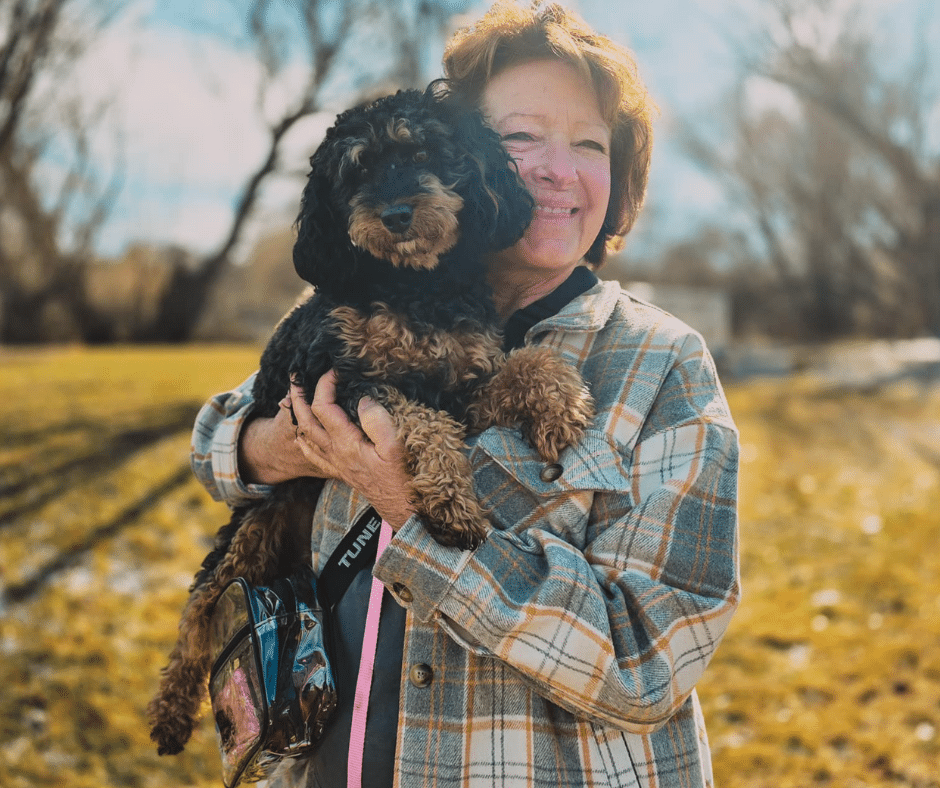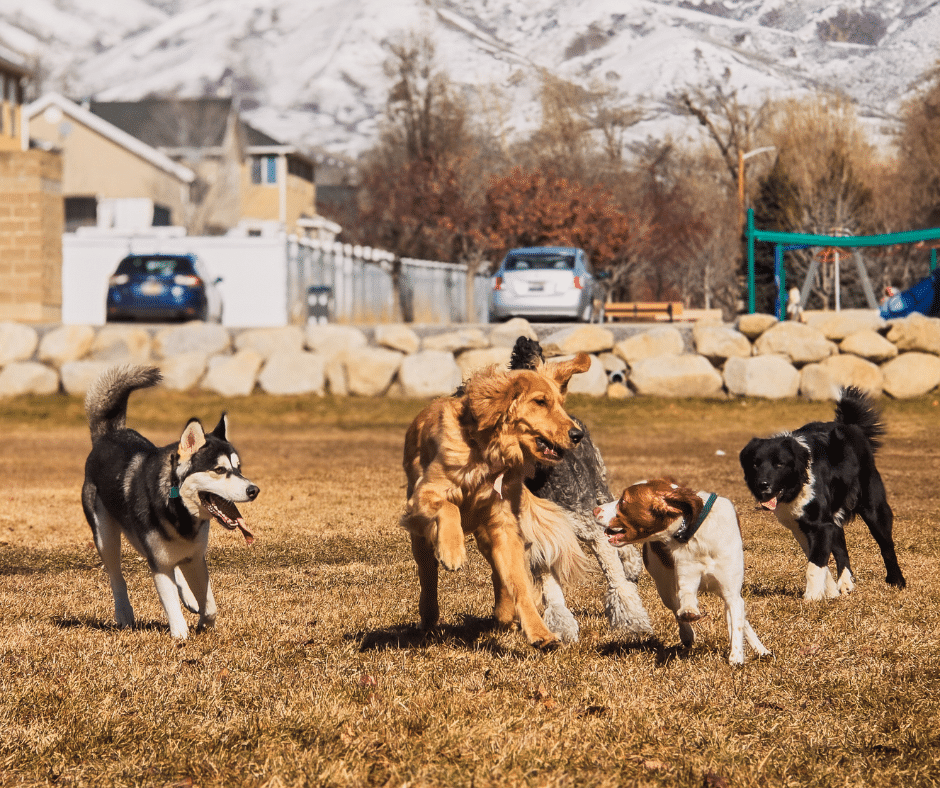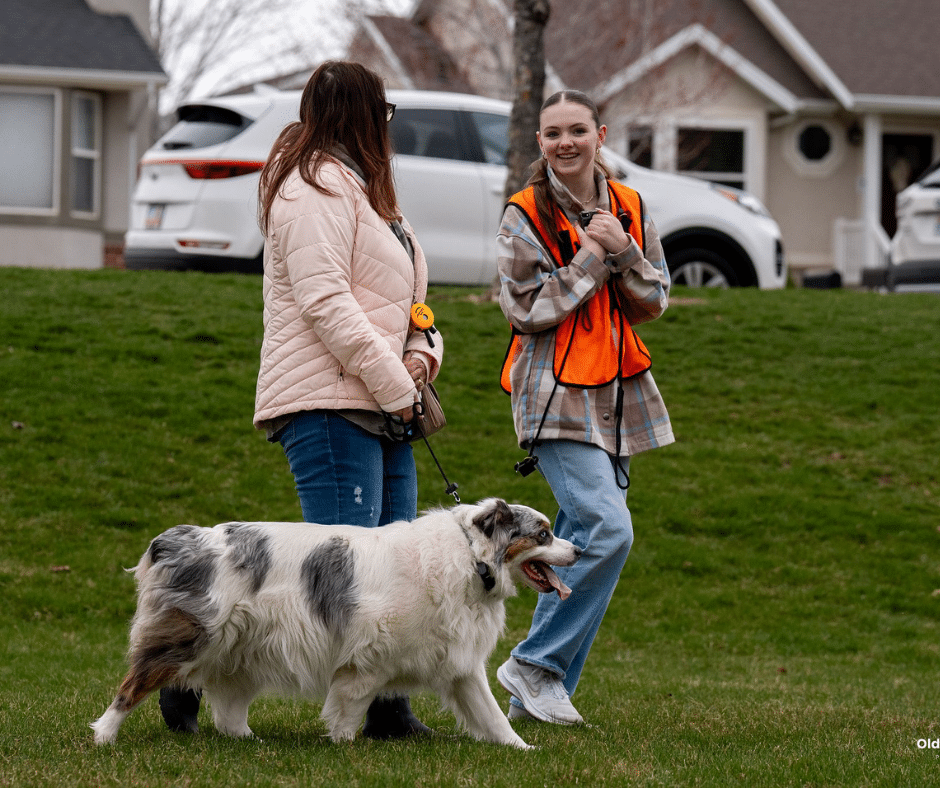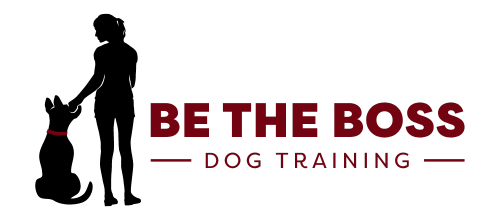When it comes to dog training, the price can range from a mere $100 at your local big box retailer to a staggering $6000 at a private board and train facility.
This wide range in pricing can be overwhelming, but it’s important not to be fooled by the numbers alone. The cost of dog training is not always indicative of its quality or effectiveness. Understanding the true value behind these costs can make the difference between success and failure in your dog’s training journey. There is a significant variation in what different training programs offer, and this variation can have a profound impact on the results you achieve with your dog.
Choosing the right training program is about more than just selecting the lowest or highest price. It involves evaluating what each option provides and how it aligns with your dog’s specific needs. Each tier of training cost offers different levels of service, expertise, and outcomes. Here’s an insider’s breakdown of dog training costs according to a professional dog trainer, to help you navigate these options. By delving into what each price point typically includes, you can make a more informed decision about which training option is right for your pet. The insights from a seasoned professional can illuminate the nuances that make one training program superior to another, regardless of cost.
The $100 Training at Big Box Retailers: Who Is It For?

Let’s be brutally honest. The $100 training sessions you find at big box retailers are, in our professional opinion, suitable for one specific category: 8-12 week old puppies.
These sessions provide just enough exposure for socialization and basic commands. At this tender age, puppies are in their prime developmental stage, soaking up new experiences like sponges. Socialization with other puppies, exposure to different environments, and the introduction of basic commands like sit, stay, and come are crucial at this stage.
However, if you’re dealing with behavioral issues like jumping, nipping, or biting, this budget option is nothing more than a band-aid on a gaping wound. Puppies displaying these behaviors often need more focused and nuanced training approaches that a basic big box retailer class simply can’t provide. The group settings and generic teaching methods are not equipped to address the individual needs of a puppy struggling with these issues.
In these scenarios, these budget classes often do more harm than good by failing to properly address and correct the unwanted behaviors. They can leave you and your puppy frustrated, and worse, they can reinforce the bad behaviors if not handled correctly.
These issues are better addressed in private lessons, where the focus is tailored and intensive. Private lessons offer a one-on-one approach, allowing the trainer to understand the unique personality and specific needs of your puppy. They can devise a customized training plan that tackles the root causes of the behavioral issues and provides consistent, effective corrections.
Private sessions also allow for a more controlled environment where distractions can be minimized, making it easier for your puppy to focus and learn. The trainer can work closely with you, teaching you how to reinforce positive behaviors and manage or correct negative ones. This intensive, tailored approach ensures that the foundational issues are resolved, paving the way for a well-behaved and happy dog in the future.
So, if your puppy is exhibiting troublesome behaviors, don’t settle for the quick fix. Invest in private lessons where your puppy can receive the dedicated attention and expert guidance needed to thrive.
Group Classes: $200-$800 – Worth It or Not?

So, your dog is older than 12 weeks, and you’re eyeing those $200-$800 group classes. Are they worth it? Yes, but with caveats.
These classes are ideal for dogs that do not have advanced behavioral issues like anxiety, reactivity, or aggression. Group classes can be excellent for reinforcing commands and ensuring your dog behaves well in social settings. They provide a structured environment where your dog can practice obedience commands amidst distractions, helping to solidify their training in a real-world context.
In group classes, dogs learn to follow commands such as sit, stay, and heel while other dogs are present, which is invaluable for general obedience. The social aspect of these classes also allows your dog to interact with other dogs and people, which can enhance their social skills and reduce tendencies towards shyness or overexcitement. Additionally, these classes often include exercises that promote good manners, such as walking politely on a leash and not jumping on people.
However, the one-size-fits-all approach often falls short for dogs with more complex needs. Dogs with advanced behavioral issues such as anxiety, reactivity, or aggression require specialized attention and training strategies that go beyond the scope of a typical group class. In a group setting, the trainer’s attention is divided among several dogs, which means individual issues might not be adequately addressed. This can lead to a situation where problematic behaviors are either inadequately managed or inadvertently reinforced.
Moreover, the environment of a group class can be overwhelming for dogs with anxiety or reactivity issues. The presence of multiple dogs and people, along with the various stimuli, can exacerbate these issues rather than alleviate them. A reactive dog might become more reactive, an anxious dog more anxious, and an aggressive dog more aggressive in such settings. This can result in a negative experience for both the dog and the owner, potentially setting back progress rather than promoting it.
For dogs with these advanced behavioral issues, private lessons or specialized training programs are a better investment. In a one-on-one setting, the trainer can devote their full attention to your dog, tailor the training to their specific needs, and implement strategies to effectively manage and correct challenging behaviors. These tailored sessions can help your dog overcome their issues in a controlled and supportive environment, leading to more sustainable and positive outcomes.
In summary, while group classes ranging from $200 to $800 can be highly beneficial for reinforcing basic obedience and social skills in dogs without advanced behavioral problems, they are not a cure-all. Dogs with complex needs require a more personalized approach that group classes cannot provide. Therefore, assess your dog’s unique requirements and choose a training program that best supports their development and well-being.
Private Lessons: $1000-$4000 – The Gold Standard

When it comes to private lessons, every dog can benefit, and frankly, every dog should.
Think of private lessons as an investment in your dog’s future and your peace of mind. These sessions offer a level of customization and attention that is simply unattainable in group settings. With costs ranging from $1000 to $4000, private lessons might seem like a significant investment, but the long-term benefits far outweigh the initial expense.
Personalization: Private lessons are tailored specifically to your dog’s unique needs. Unlike group classes, where the curriculum is generalized, private training sessions are designed around your dog’s specific behavioral challenges, temperament, and learning pace. This ensures that the training is highly effective and that progress is made more quickly. Whether your dog needs help with basic obedience, advanced commands, or severe behavioral issues, private lessons provide a bespoke approach that addresses the root causes of any problems.
Effectiveness: The one-on-one attention your dog receives in private lessons allows the trainer to focus entirely on your dog’s issues without the distractions and interruptions that are common in group settings. This intensive focus leads to faster and more effective learning. For example, a trainer can quickly identify and correct any mistakes or misunderstandings, ensuring that your dog learns correctly the first time around. This precision in training means fewer setbacks and more consistent progress.
Comprehensive Coverage: Private lessons cover everything from socialization and basic obedience to addressing serious behavioral issues like reactivity, anxiety, and aggression. If your dog struggles with severe reactivity, a private trainer can work on desensitization and counterconditioning techniques that are impossible to implement effectively in a group class. For dogs with anxiety, private lessons provide a calm and controlled environment where the trainer can gradually introduce stressors in a way that builds confidence and reduces fear.
Owner Education: Another critical aspect of private lessons is the education and involvement of the owner. Trainers not only work with the dog but also coach the owner on effective handling, training techniques, and how to maintain the dog’s training long-term. This dual focus ensures that the dog’s behavior improves and that the owner gains the skills necessary to reinforce and continue the training outside of the sessions. This collaborative approach leads to more sustainable results and a stronger bond between the owner and the dog.
Long-Term Benefits: Investing in private lessons now can save you money and stress in the future. A well-trained dog is less likely to develop problem behaviors that can lead to expensive damage, injury, or even legal issues. Moreover, a dog that is well-behaved and responsive to commands is a joy to live with, enhancing your quality of life and the overall harmony in your household. The confidence that comes from knowing your dog is well-trained and reliable cannot be overstated.
Peace of Mind: The assurance that your dog is receiving the best possible training tailored to their needs provides immense peace of mind. You can trust that any behavioral issues are being addressed in the most effective manner, reducing the anxiety and frustration that often accompany owning a misbehaving dog. This peace of mind is invaluable and can lead to a more fulfilling and enjoyable relationship with your pet.
In conclusion, if you’re serious about your dog’s training, private lessons are where your money should go. The personalized, effective, and comprehensive approach ensures that your dog receives the highest quality training, addressing all their needs and setting them up for a successful and happy future. Investing in private lessons is not just about correcting current issues but also about preventing future problems, making it a wise and worthwhile investment for any dog owner.
Pure Positive vs. Balanced Training: The Ultimate Showdown

At Be the Boss Dog Training, we’ve seen it all. Our extensive experience has shown us that a professional dog trainer should be equipped to handle any breed, any age, and any issue.
Whether it’s a tiny Chihuahua or a massive Great Dane, a young puppy or a senior dog, or problems ranging from basic obedience to severe behavioral issues, the right methodology is crucial for effective training.
Pure Positive Training
Pure Positive Training is a highly popular approach in the dog training world, and for good reason. This methodology is fantastic for stimulating and creating a positive environment for your dog. It focuses on rewarding good behavior, which helps to build a strong, trust-based relationship between you and your pet. Pure Positive Training is especially beneficial for agility training, sport work, and puppies under 12 weeks old. Young puppies are particularly responsive to positive reinforcement as it encourages their natural curiosity and eagerness to please. This approach uses treats, praise, and play to reinforce desirable behaviors, making training sessions enjoyable and motivating for the dog.
However, while Pure Positive Training excels in creating a positive learning atmosphere, it has its limitations. It lacks the tools to effectively correct serious issues such as aggression, severe anxiety, or deeply ingrained disobedience. When a dog exhibits problematic behaviors that require more than just positive reinforcement to address, Pure Positive Training alone may fall short. For example, a dog that reacts aggressively towards other dogs or people may need corrective interventions that Pure Positive methods do not provide. Thus, while it’s a wonderful approach for certain scenarios, it’s not always sufficient on its own.
Balanced Training
Balanced Training, on the other hand, is a more versatile approach that can be used in every other situation. This methodology combines positive reinforcement with corrective techniques, providing a comprehensive training framework that addresses a wide range of behavioral issues. Balanced Training recognizes that while rewarding good behavior is important, there must also be a way to address and correct unwanted behaviors effectively.
Balanced Training is particularly effective for dealing with advanced issues like anxiety, aggression, and respect problems. For instance, if a dog displays aggressive behavior towards other dogs, a balanced trainer might use a combination of positive reinforcement to reward calm behavior and corrective techniques to address aggression. This dual approach ensures that you can handle complex behavioral issues while still maintaining a positive and supportive training environment.
The strength of Balanced Training lies in its flexibility. It adjusts to the dog’s needs, providing a full spectrum of tools to shape behavior effectively. This approach can be tailored to each individual dog, taking into account their personality, temperament, and specific issues. For example, a balanced trainer might use positive reinforcement to encourage a shy dog to come out of its shell while employing corrective techniques to stop a more assertive dog from pulling on the leash.
In essence, Balanced Training is about finding the right balance between rewarding good behavior and addressing problematic behavior. It’s a holistic approach that ensures all aspects of a dog’s behavior are covered, leading to more reliable and long-lasting results. At Be the Boss Dog Training, we advocate for this comprehensive method because it allows us to handle any breed, any age, and any issue effectively. Our goal is to provide the best possible training for your dog, ensuring they are well-behaved, happy, and healthy.
What’s Right for Your Dog?

Deciding on the right training for your dog can be overwhelming.
The multitude of options available, from budget-friendly group classes to high-end private sessions, can leave you feeling unsure about the best path to take. Each dog is unique, with individual needs, behaviors, and temperaments, and what works for one dog might not be effective for another. The challenge lies in finding a training program that not only fits your budget but also addresses the specific needs of your furry friend.
But here’s the truth: the right training can transform your dog’s behavior and your relationship with them. Proper training can turn a disobedient, stressed, or anxious dog into a well-behaved, confident, and happy companion. It can enhance your bond, making everyday activities more enjoyable and less stressful. Imagine taking your dog on a walk without constant pulling, or having guests over without worrying about your dog jumping on them. Effective training makes these scenarios possible.
Don’t leave it to chance or the lowest bidder. The lowest-cost option might save you money upfront, but it often falls short in addressing deeper behavioral issues. Inadequate training can lead to persistent problems, frustration, and even danger in some cases. Investing in quality training that considers your dog’s unique needs and issues is crucial. Quality training goes beyond basic commands and tackles root causes of problematic behaviors, ensuring long-term success and harmony in your household.
At Be the Boss Dog Training, we understand the complexities of dog training and the importance of choosing the right program. Our professional trainers are skilled in handling all breeds, ages, and behavioral issues, using a balanced approach that combines positive reinforcement with corrective techniques. We tailor our training programs to meet the specific needs of each dog, ensuring that every aspect of their behavior is addressed comprehensively.
Ready to make the best choice for your dog’s future? Call us now at Be the Boss Dog Training. Our team of experienced trainers is here to help you navigate the complexities of dog training and ensure your furry friend gets the best possible care and guidance. We believe that every dog deserves high-quality training that sets them up for a lifetime of good behavior and happiness. Don’t settle for less—your dog’s future is worth it.
Choosing Be the Boss Dog Training means choosing a path to a better relationship with your dog. It means investing in their well-being and your peace of mind. Our commitment to excellence in training ensures that you and your dog will experience the best possible outcomes. We are dedicated to helping you achieve a harmonious and fulfilling life with your pet. Contact us today, and let’s embark on this transformative journey together.





